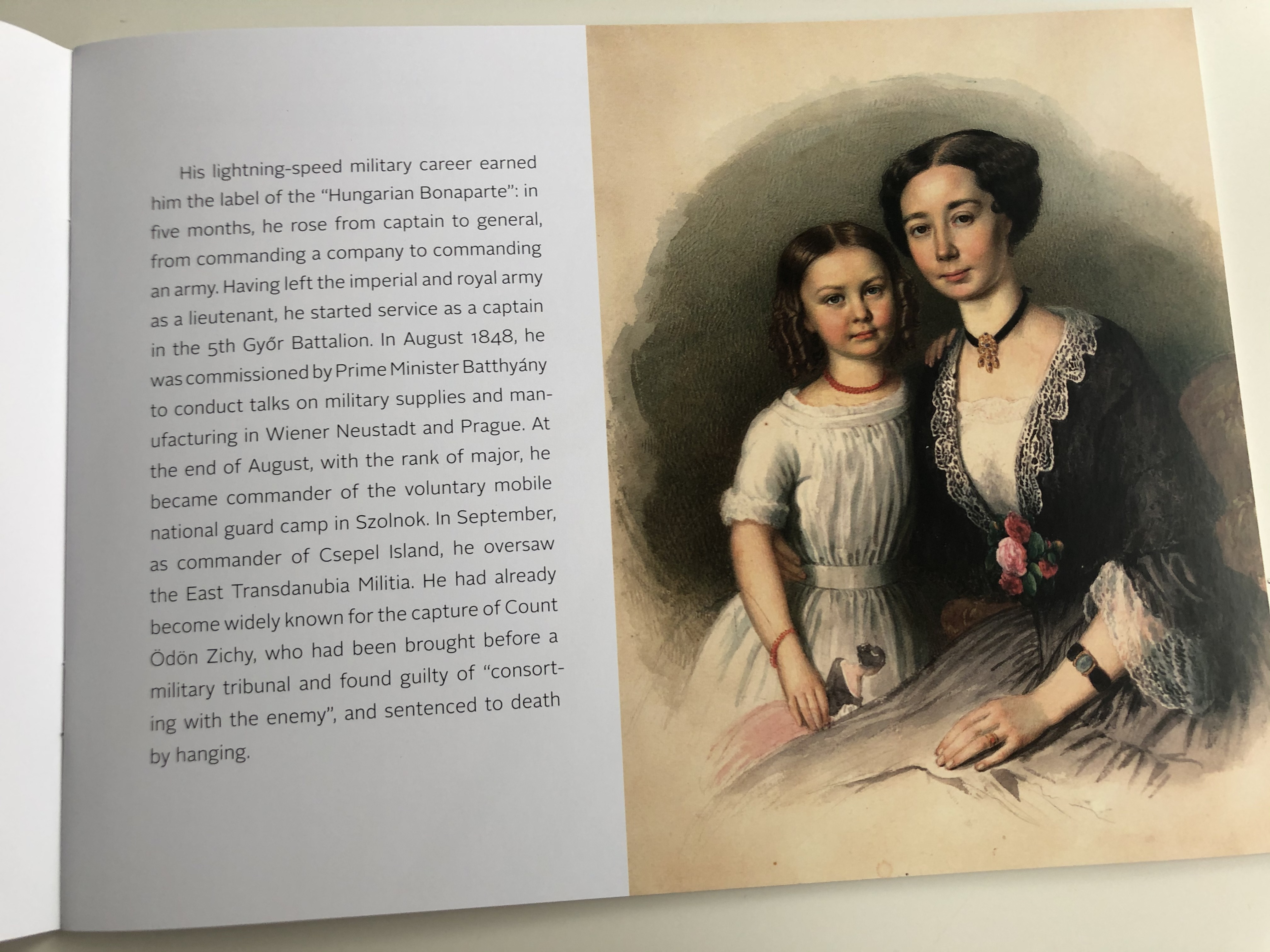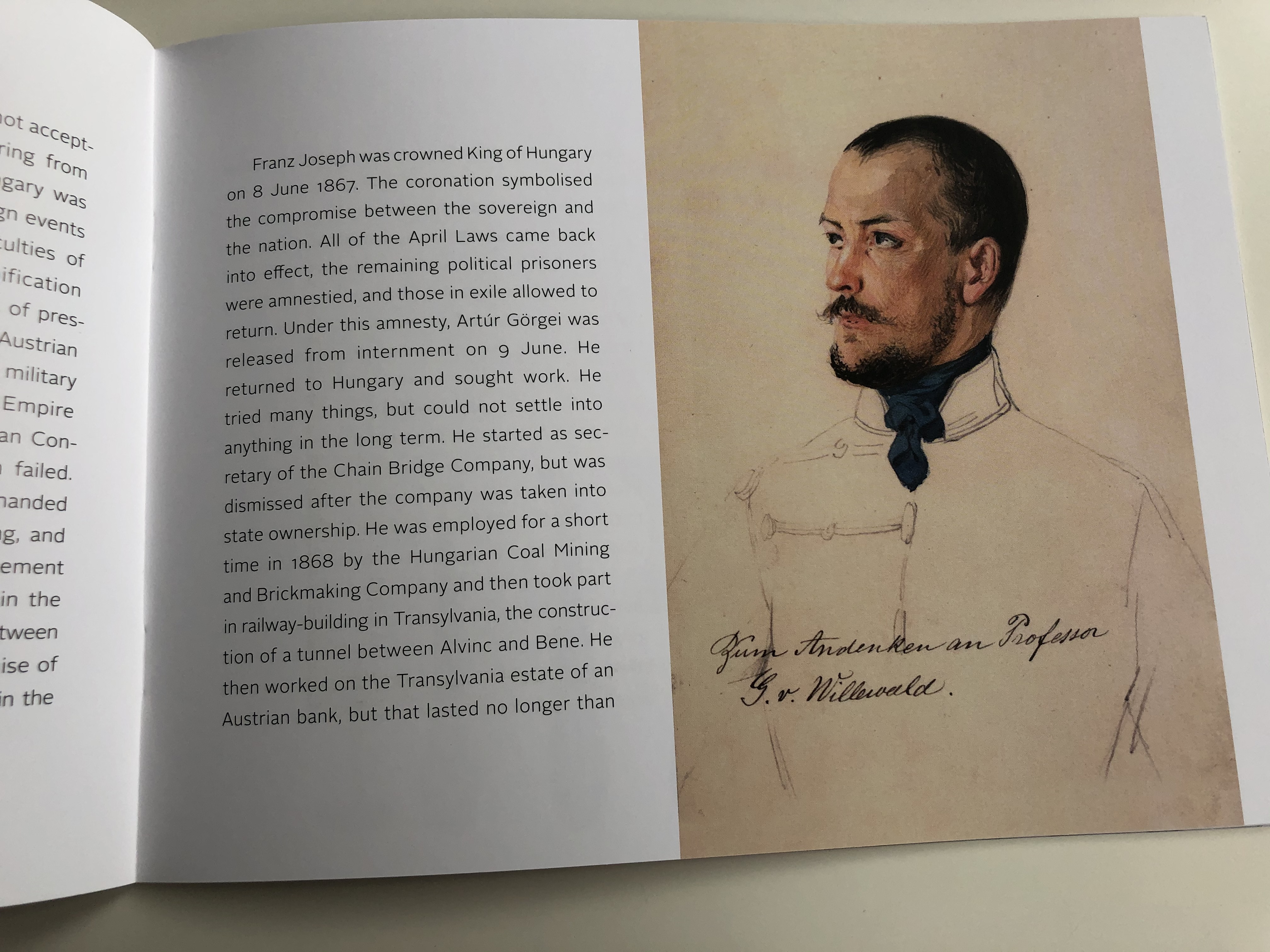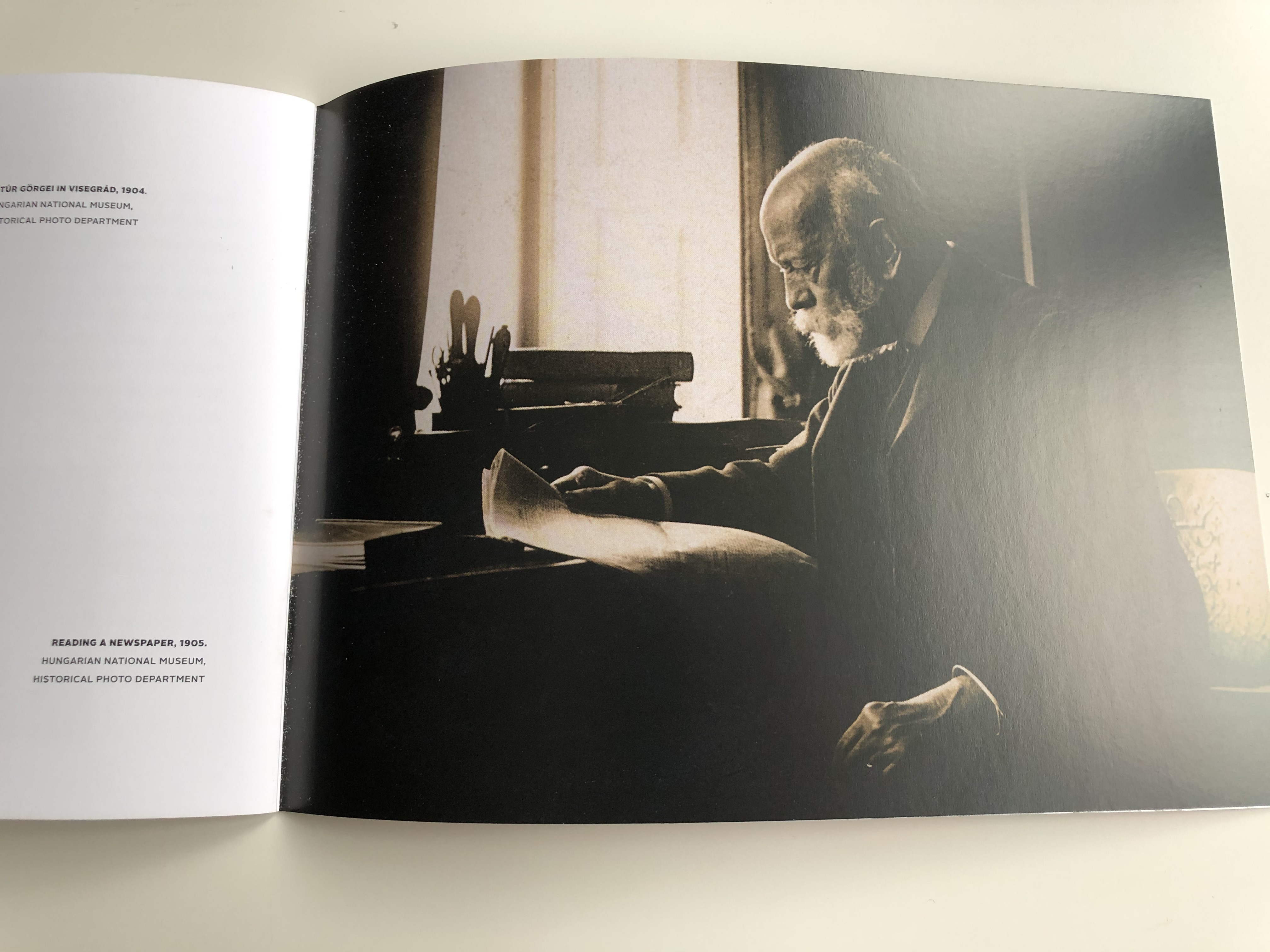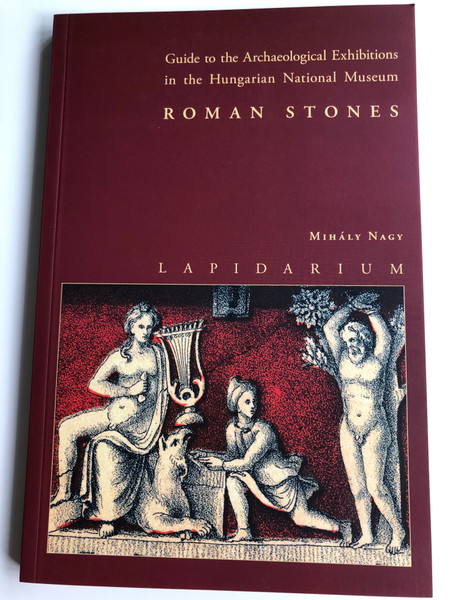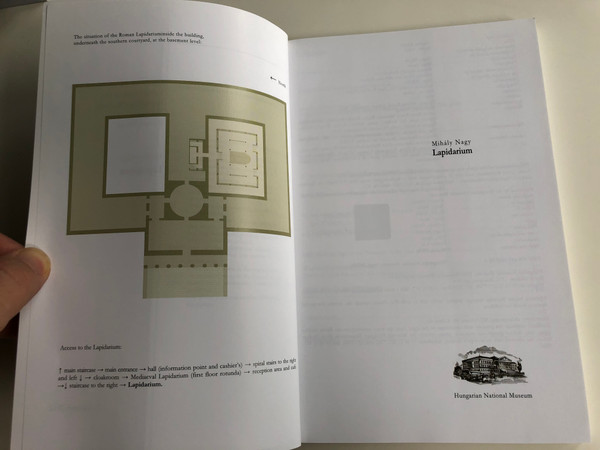Description
The Unsung Hero: General Görgei / Az ismeretlen Görgei – Exhibition Booklet
Commemorating the 200th Anniversary of General Artúr Görgei's Birth
UPC Code: 9786155209987
Overview / Áttekintés
Explore the remarkable legacy of General Artúr Görgei in The Unsung Hero: General Görgei / Az ismeretlen Görgei. This booklet accompanies the exhibition held at the Hungarian National Museum to commemorate the 200th anniversary of Görgei's birth. It examines his journey from being labeled a traitor to being recognized as a national hero. Görgei, who is chiefly remembered for surrendering to Tsar Nicholas I during the Hungarian War of Independence (1848–1849), has undergone historical reevaluation, leading to a restoration of his reputation.
Merüljön el Görgei Artúr tábornok örökségében Az ismeretlen Görgei című kiadvány segítségével. Ez a füzet a Magyar Nemzeti Múzeum kiállítását kíséri, amelyet Görgei születésének 200. évfordulója alkalmából rendeztek. A tárlat bemutatja Görgei útját, aki árulóból nemzeti hőssé vált. A tábornok, akit leginkább az 1848–1849-es magyar szabadságharc végén történt fegyverletételről ismernek, történelmi újraértékelésen ment keresztül, amely során hírneve visszaállításra került.
Product Features / Termékjellemzők
- Author / Szerző: Hungarian National Museum (Magyar Nemzeti Múzeum)
- Format / Formátum: Paperback Booklet (StapleBound)
- Publication Year / Kiadás éve: 2018
- ISBN-13: 978-6155209987
- ISBN-10: 6155209987
- Language / Nyelv: English (Angol)
Interesting Facts / Érdekességek
-
General Artúr Görgei, a controversial figure in Hungarian history, has often been debated for his decision to surrender to Tsar Nicholas I, which ended the Hungarian War of Independence.
Görgei Artúr, a magyar történelem ellentmondásos alakja, gyakran viták tárgyát képezte, különösen az I. Miklós cárnak való fegyverletételi döntése miatt, amely lezárta az 1848–49-es szabadságharcot. -
The exhibition presents a reevaluation of Görgei's actions, challenging the narrative of him as a traitor and highlighting his strategic and political foresight.
A kiállítás újraértékeli Görgei tetteit, megkérdőjelezve az árulóként ismert narratívát, és kiemelve stratégiai és politikai előrelátását. -
Six portraits of Görgei were painted by Philip de László toward the end of Görgei's life, one of which is featured in this exhibition.
Hat portré készült Görgeiről Philip de László által élete végén, amelyek közül egy látható a kiállításon. -
The Hungarian National Museum organized this exhibition to mark the 200th anniversary of Görgei's birth, aiming to shed light on his complex legacy.
A Magyar Nemzeti Múzeum a tábornok születésének 200. évfordulója alkalmából rendezte meg a kiállítást, amely Görgei összetett örökségét kívánja bemutatni.
Publishers / Kiadó
Hungarian National Museum / Magyar Nemzeti Múzeum
Renowned for its role in preserving Hungarian cultural heritage, the Hungarian National Museum hosted this exhibition to offer a nuanced perspective on one of Hungary's most debated historical figures.
A Magyar Nemzeti Múzeum, amely kiemelkedő szerepet játszik a magyar kulturális örökség megőrzésében, e kiállítással a magyar történelem egyik legvitatottabb alakjának árnyaltabb bemutatását célozta meg.
We value your feedback! / Értékelése fontos számunkra!
Share your thoughts on The Unsung Hero: General Görgei. Your feedback helps others appreciate the complexities of history and the legacy of General Görgei.
Ossza meg véleményét Az ismeretlen Görgei című kiadványról! Értékelése segíthet másoknak megérteni a történelem összetettségét és Görgei Artúr örökségét.
Hashtags / Hashtagek
#GeneralGörgei #HungarianHistory #AzIsmeretlenGörgei #HungarianWarOfIndependence #MagyarNemzetiMúzeum #200thAnniversary #HistoricalReevaluation #PhilipDeLászló #CulturalHeritage #GörgeiArtúr
